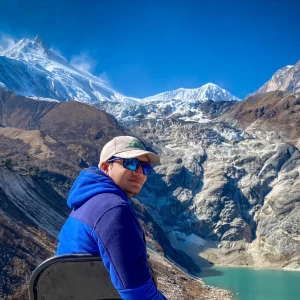- Teahouses in Manaslu Circuit Trek range from basic shelters to well-equipped guesthouses with attached bathrooms and hot showers.
- Lower sections (Soti Khola to Jagat) benefit from road access, making supply and construction easier for teahouses.
- Samagaon is the most developed stop, offering ensuite rooms, diverse meals like pizza and apple pie, and Wi-Fi.
- Dharamshala remains very basic, with limited beds, shared toilets, and tents used during peak season.
- After Larke La Pass, guesthouses in Bhimthang and beyond offer better rooms, warm dining areas, and expanded food choices.
How Are the Teahouses in Manaslu Circuit Trek?
Table of Contents
Most people planning the Manaslu Circuit Trek often wonder what kind of teahouses they will find along the trail. Unlike the more developed routes like Everest Base Camp or Annapurna Circuit, Manaslu remains quieter and less crowded. Yet, things are changing quickly in this region.
The Manaslu Circuit is still remote and rugged. Trails pass through narrow gorges, steep ridges, and hidden villages. However, this article will guide you through how teahouses here have improved. You will learn where to expect attached bathrooms, warm bedding, and good food, and where basic facilities are still the norm. This helps you plan with realistic expectations.
While the number of trekkers is fewer, the quality of teahouses is better than people assume. You will see a mix of basic and upgraded guesthouses. This guide will explain how those differ by location, what facilities are available, and how conditions change before and after the Larke La Pass.
Join our Cheapest Manaslu Circuit Trek
Road Access and Supply Movements for Teahouses in Manaslu Circuit Trek
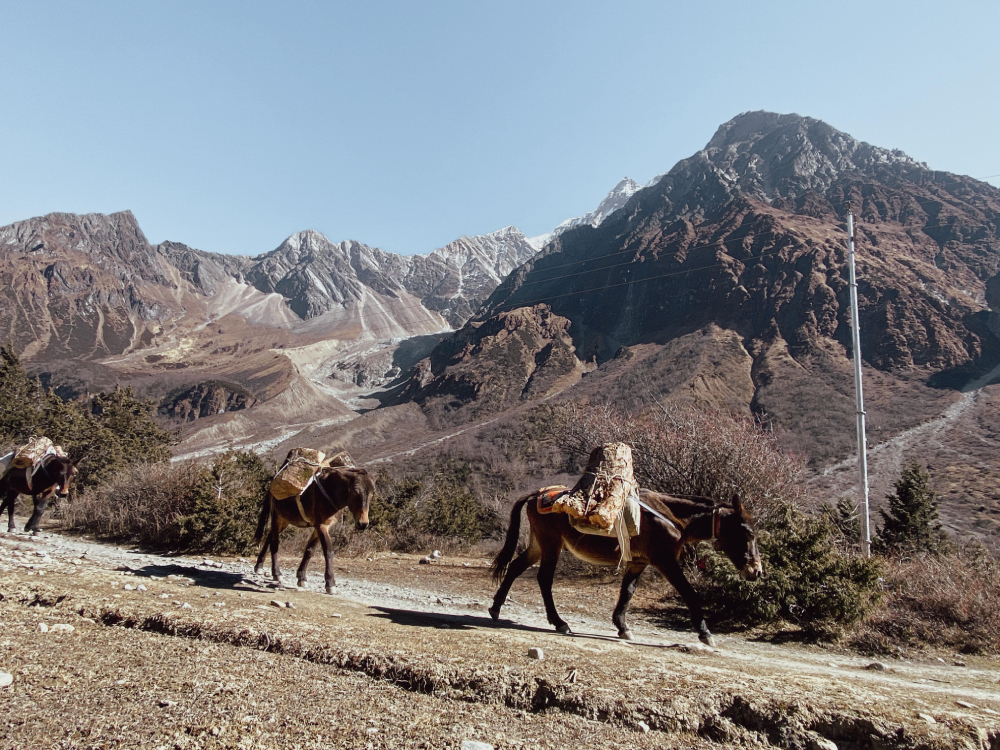
The Manaslu Circuit Trek was once known for being completely isolated. Today, that is slowly changing in the lower trail. The first part of the route now has better roads and transport access.
Vehicles can now reach almost up to Philim, especially during the dry seasons. Roads are rough but usable for jeeps and small trucks. This has made it easier to bring supplies like rice, vegetables, and bottled gas up to villages like Jagat and Machha Khola.
These supply improvements mean teahouses in this section can offer fresh meals and cooking gas regularly. The transport of construction materials has also improved. Many guesthouses have added wooden beds, stronger roofs, and solar lights. This change is especially noticeable between Soti Khola and Jagat, where better access has helped grow local businesses.
Border Trade with Tibet Benefits the Teahouses in Manaslu Circuit Trek
As trekkers move higher into the Manaslu region, road access becomes limited. But supplies still reach these remote villages. One major reason is the open northern border with Tibet.
The Manaslu region shares a long border with Tibet near Samdo. Local villagers use ancient trade routes to bring goods from across the border. Mules and yak caravans carry daily supplies like noodles, packaged snacks, and Chinese-made thermos bottles. These items help keep teahouses stocked in places where vehicles cannot go.
Due to its location near the international border, this area is marked as a Restricted Region. Trekkers must carry a Manaslu Restricted Area Permit (RAP) to enter. Local traders, however, have long-standing family and cultural ties with Tibetan communities. This connection supports both the local economy and guesthouse services along the upper Manaslu Circuit.
How Are the Teahouses in Manaslu Circuit Trek Like Today?
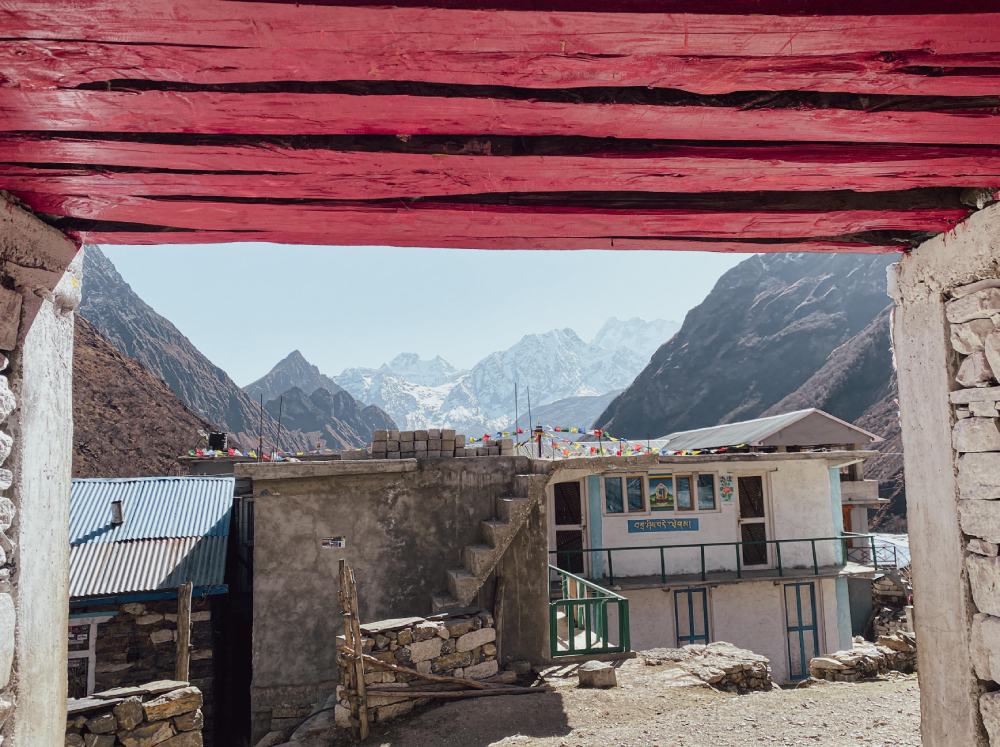
Teahouses on the Manaslu Circuit have improved in comfort, especially between Jagat and Samagaon. These villages now offer guesthouse-style lodging. They have wooden beds, clean sheets, and thick duvets. Teahouses in Namrung and Lho are well-built with strong stone walls and insulated dining halls. Most rooms have windows, tables, and hooks for gear.
Samagaon is the most developed stop on the Manaslu Circuit. Almost all teahouses here offer attached bathrooms. The village is well-developed due to access to various resources. It functions like the capital of the Manaslu Circuit. Dining halls are large, warm, and social. Meals here come from full menus, including pizza, apple pie, noodles, pasta, and much more.
Namrung and Lho also have upgraded lodges. Some offer ensuite rooms, charging stations, and full menus with snacks. These villages are accessible to supply mules from both Gorkha and Tibet. Local guesthouse owners use these resources to improve bedding, replace mattresses, and offer gas showers. This middle section offers the best comfort before entering the high alpine zones.
Teahouses in Manaslu Circuit Have Rooms with Attached Bathrooms Until Samdo
The Manaslu Circuit Trek offers better accommodation options as you reach higher villages. Many guesthouses now provide rooms with attached bathrooms. This is especially true in Namrung, Lho, Samagaon, and Samdo. These villages have developed more modern facilities compared to lower trail sections.
Ensuite rooms are available in many guesthouses here. These rooms provide privacy and convenience for trekkers after long days on the trail. Hot showers are also common, often heated by gas or solar systems. This makes staying comfortable in colder months easier. The availability of these facilities helps improve the overall trekking experience in the region.
Dharamshala: Last True Teahouse of the Manaslu Region
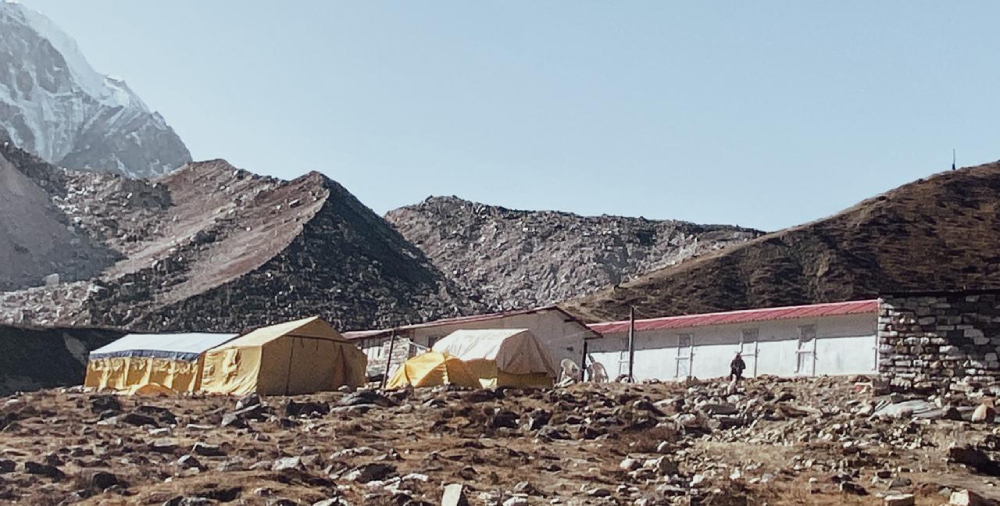
The trek becomes more remote as you reach Dharamshala, the last real teahouse stop before the Larke La Pass. Only two or three teahouses operate here. These teahouses have a very basic setup compared to lower villages.
Space is limited, with few mattresses and duvets available. During peak season, trekkers may need to sleep in tents provided by the teahouses. Dining is shared in one common room, and toilet facilities are minimal and basic. This stop offers rustic but necessary shelter before crossing the pass.
Manaslu Circuit Trek offers Better Stays After Larke La Pass
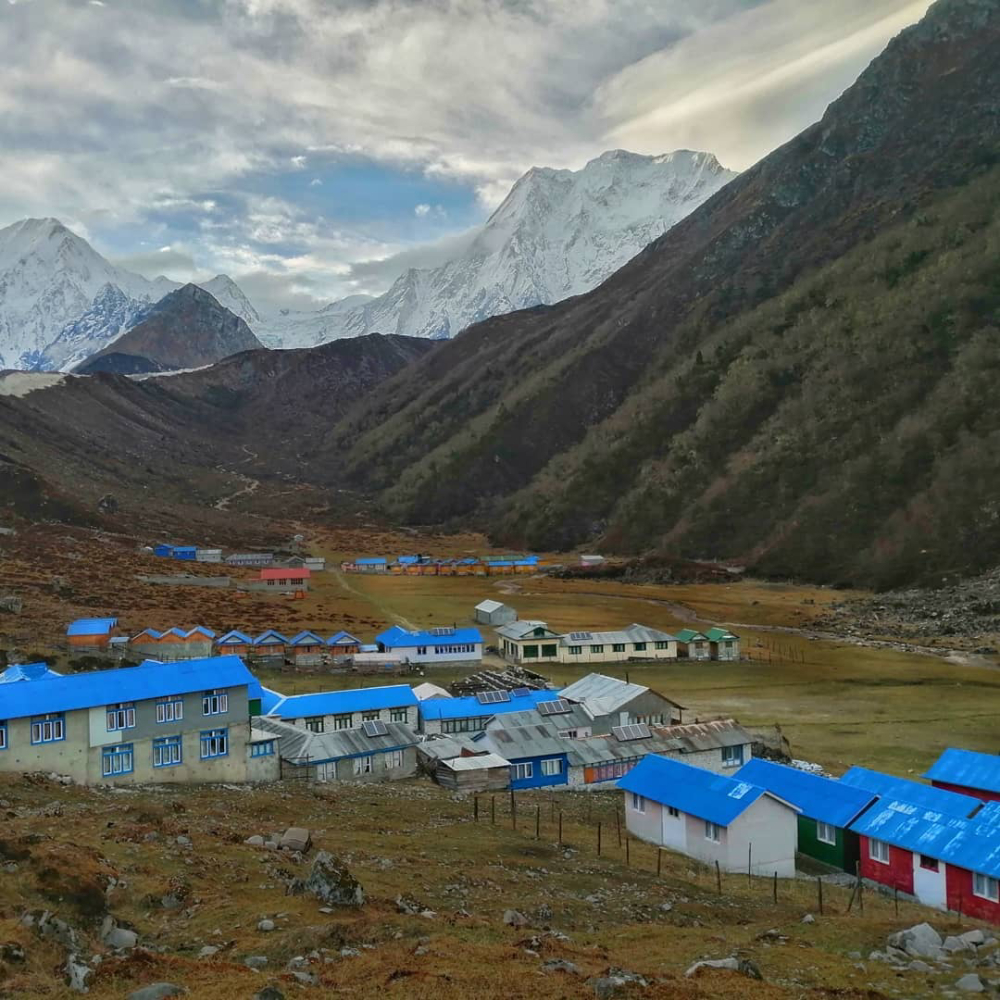
After crossing the Larke La Pass, trekkers enter the Manang district and Annapurna region. This area offers much better accommodation options than the upper Manaslu trail. Villages like Bhimthang, Goa, Tilche, Dharapani, and Besisahar provide upgraded comfort for travellers.
Guesthouses here often have ensuite rooms with private bathrooms. Many lodges offer warm dining areas with wood-burning stoves. Food options are more varied, including local and Western dishes. These improvements make the journey easier and more comfortable after the challenging pass-crossing.
Room, Food, and Shower Charges in Manaslu Circuit Trek Teahouses
As you plan your Manaslu Circuit Trek, it helps to know the typical costs of rooms, food, and showers along the trail. Room rates usually range from USD 10 to 15 per night for basic rooms. Rooms with attached bathrooms cost more, between USD 15 and 30, depending on availability and location.
Meals in teahouses are simple but filling. You can expect dishes like dal bhat, noodles, eggs, momo, some Western dishes, and pancakes. Prices usually fall between USD 10 and 30 per meal, varying by altitude and menu options.
Hot showers are not always available but are common in larger villages. Charges for a hot shower range from USD 5 to 10. The price depends on the village’s altitude and heating method, such as solar or gas.
Extra Services: Laundry and Charging during the Manaslu Circuit Trek
As you go higher on the Manaslu Circuit Trek, electricity and internet become limited. Still, most villages offer basic services. Knowing what to expect helps you plan better.
Charging phones and devices is possible in almost every guesthouse. Some rooms even have charging sockets. Others require charging in the dining area. The cost is usually NPR 200–500, depending on the village and power source.
Wi-Fi is available in bigger villages like Namrung, Lho, and Samagaon. It costs NPR 100–400 per device. Speed is slow and only enough for basic messages.
Conclusion
Teahouses in Manaslu Circuit Trek offer a mix of old and new. Some are basic, while others feel like guesthouses. The comfort level depends on the village and altitude.
If you manage your expectations, the experience remains enjoyable. Warm meals, clean bedding, and shared spaces provide what trekkers need most. Higher villages may be simpler, but they still offer essential services.
This route suits trekkers who enjoy both remoteness and some comfort. It gives a true Himalayan experience without losing basic amenities along the way.

